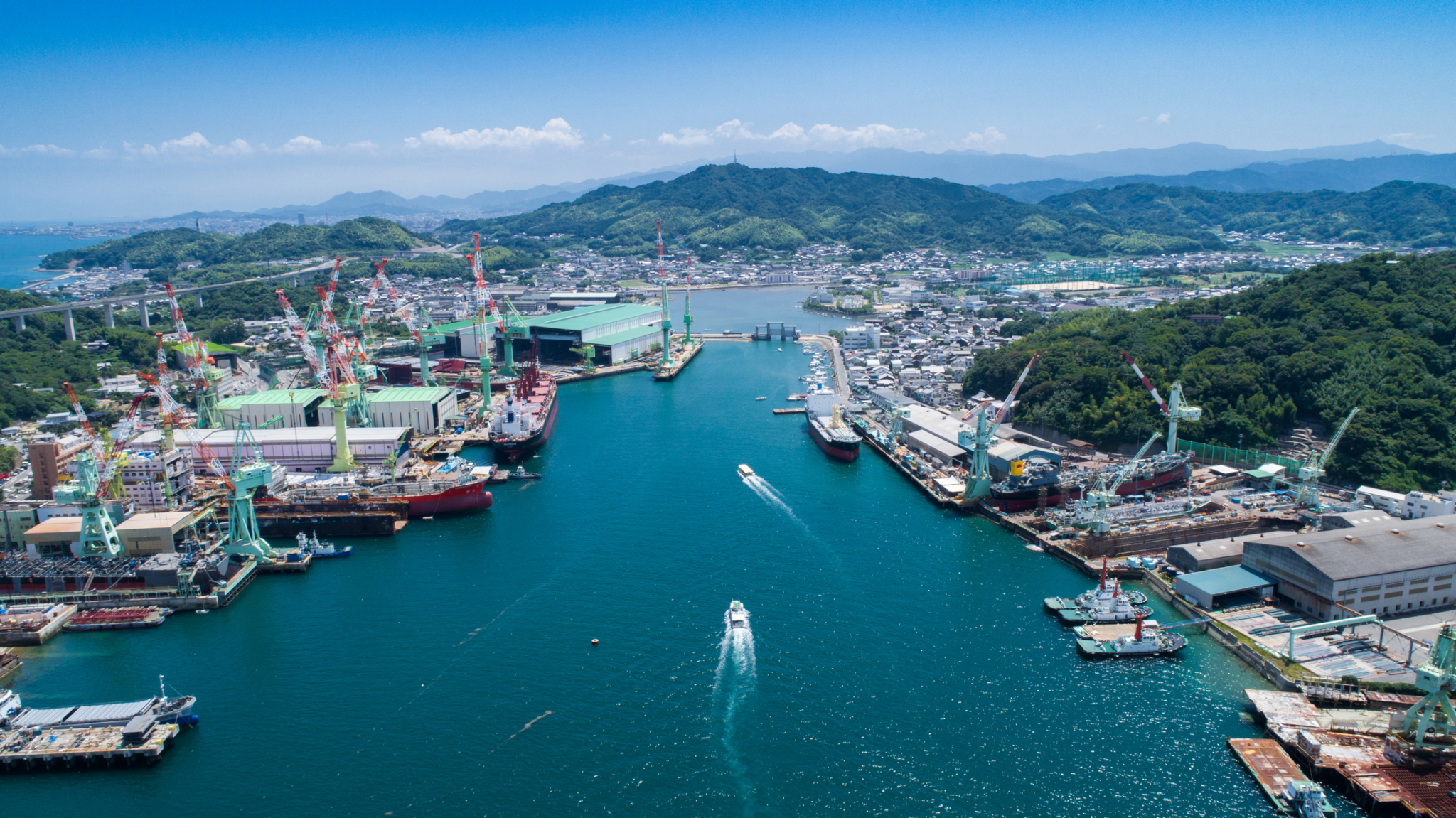
Or should we try to bolster the capacity of the shipbuilding industry in the United States?
U.S. Ambassador to Japan Rahm Emanuel, arguably Chicago’s most successful mayor, has an opinion in the Washington Post this week calling for Japanese shipyards to be used to service U.S. Naval vessels deployed there.
“It’s time to do things differently and to be honest with ourselves about the problems and solutions,” says the onetime Obama White House chief of staff, as he argues for bigger defense budgets and ticks off a series of numbers describing the U.S. Navy’s serious repair bottlenecks.
Now look: Japan is home to not only the Seventh Fleet but the Navy’s only forward-deployed carrier strike group, and that bottleneck is not a new issue. All those Japan-based American warships sail all the way back to U.S. ports for their repairs, leaving behind their great vantage point from which to watch the Chinese navy grow bigger and bigger. And Emanuel has been pushing to spread maintenance work to foreign shipyards for some time now. He wrote about this subject in a Wall Street Journal opinion last year. There’s a skills gap, he said.
“As U.S. shipyards confront the challenge of attracting skilled workers, having Japanese shipyards help with maintenance could free that limited labor pool to expand our fleet, rather than merely service it,” he argued then. This week’s opinion drops the labor shortage argument but is largely unchanged, praising Japan as a security partner and contending that shifting naval maintenance to it will allow American shipbuilders to build new ships rather the repair old ones. Japanese shipbuilders of course are eager for lucrative U.S. defense contracts.
There’s one argument in Emanuel’s opinion this week, though, that wasn’t there before: A glancing reference in its conclusion to how long it will take to build up domestic shipbuilding capacity. It’ll take too long a time!
“Even if we broke ground on a new U.S. shipyard immediately, it would be another decade or more before it could start producing vessels,” Emanuel writes. “In the meantime, Japan and South Korea have abundant, state-of-the-art shipyard capacity ready to take on repair and maintenance work.”
They have the capacity right now, Emanuel declares, and the threat of potential confrontation with China means there’s no time to lose while we build up our own. But this scenario he brings up – scaling up a shipyard immediately – begs the question of what we’re doing to improve U.S. shipbuilding capacity in the long term. And this is a question the opinion doesn’t answer, let alone raise.
But while it has nothing to say about revitalizing shipbuilding here, a petition put to the Biden administration this spring by the United Steelworkers does. It notes the commercial production of large oceangoing vessels has virtually disappeared from the United States in recent decades, and calls for a fee to be assessed on all Chinese-made ships docking at U.S. ports to finance a commercial shipbuilding revitalization fund.
Why Chinese-made ships? Because they’re the products of heavy-state support, far outstripping any support offered by other sovereign governments, that has moved Chinese shipbuilders into a dominant market position in recent decades. The U.S. government dropped its support for commercial shipbuilding in the 1980s, and production fell off. The results are predictable: In 2022, for example, there were only five big oceangoing vessels under construction in U.S. shipyards. In China, there were 1,794.
And why improve the commercial segment of the U.S. shipbuilding industry? Because it has become alarmingly small; nearly 80% of U.S. shipbuilding is related to military procurement and repair. But its supply chains share obvious overlaps with military shipbuilding, and fostering an industrial base for one improves the health of the other.
Alliance for American Manufacturing President Scott Paul put it this way in his own recent opinion:
When a shipyard closes, demand drops for everything from electrical cable and paint to aluminum and maritime engines. Roughly 20,500 American shipbuilding suppliers have exited the market over the past several decades, which affects defense procurement; the comptroller of the U.S. Navy recently said our shipyards are only capable of producing two destroyers per year. The completion of a Ford-class carrier under construction in Virginia is already years behind schedule because of supply chain issues. The delays only further stress the remaining suppliers.
“American commercial shipbuilding won’t recover,” Paul writes, “without addressing the 800-pound gorilla in the room.”
So Ambassador Emanuel in the name of geopolitical expediency would funnel federal defense spending into a foreign shipbuilding industry that’s already the third largest in the world. Okay, sure. But we should be getting creative to rebuild domestic shipbuilding capacity too.

